What’s next for commercial refrigeration? Trends to watch in 2026 and beyond
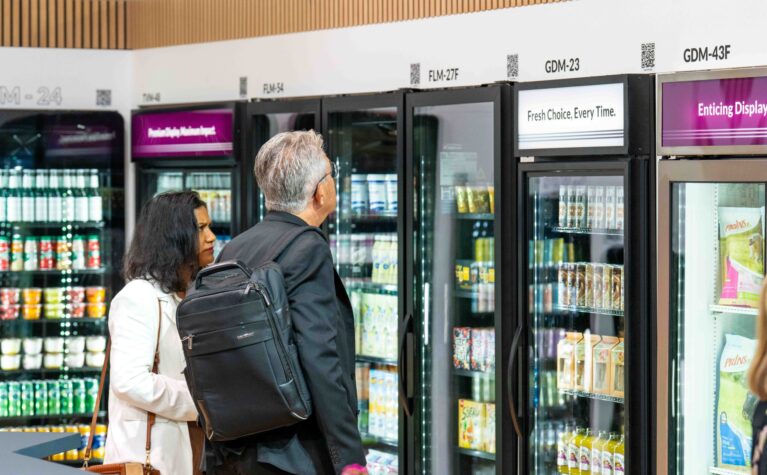
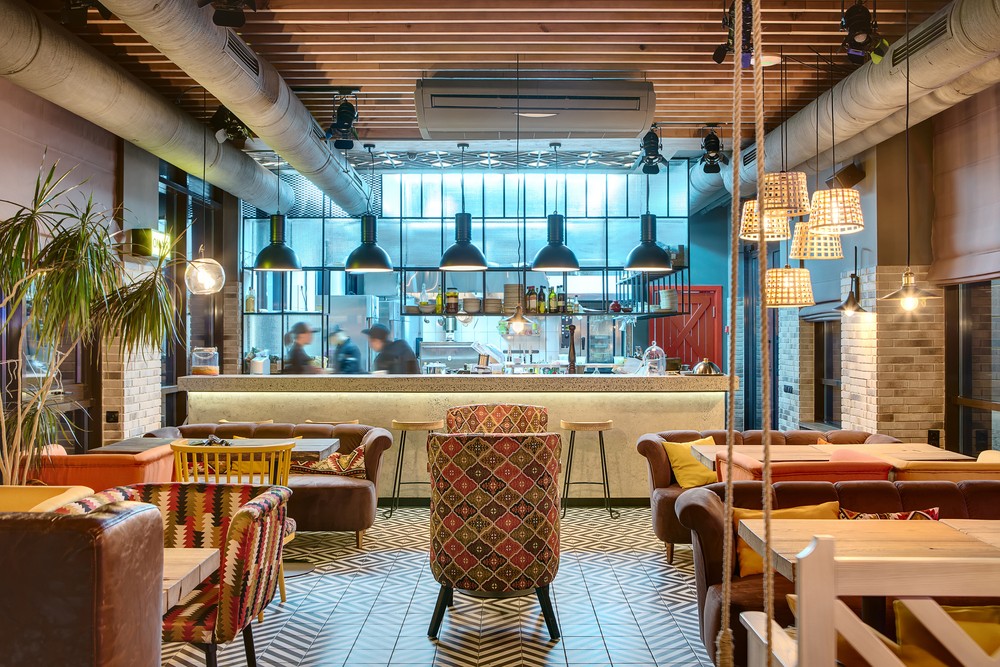
But they’re coming for more than just great food. In this article, we take a look at how new dining concepts are changing how kitchens look.
In 2017, 1,333 new establishments opened in the UK, ranging from gastropubs, fine dining restaurants and street food cafés. Clearly the supply to meet demand is there.
Yet no matter how many new locations open, stats show that 98% of diners return to the same establishment time and again, making it even more important to hook frequent and loyal customers immediately.
Well, it isn’t just food.
Customers want restaurants to be a theater, venue and socializing spot all at once whilst still serving up winning meals. Diners no longer go out to eat solely for the food, they want to be engaged in other ways too.
In today’s ‘Digital Age’, it isn’t surprising that restaurants are adopting a new, more visible approach to preparing food. There has been a movement toward the open kitchen concept, where food is prepared in plain sight. It provides customers direct access to information about the establishment’s hygiene, professionalism and culinary excellence, not to mention the opportunity to take pictures for their social media.
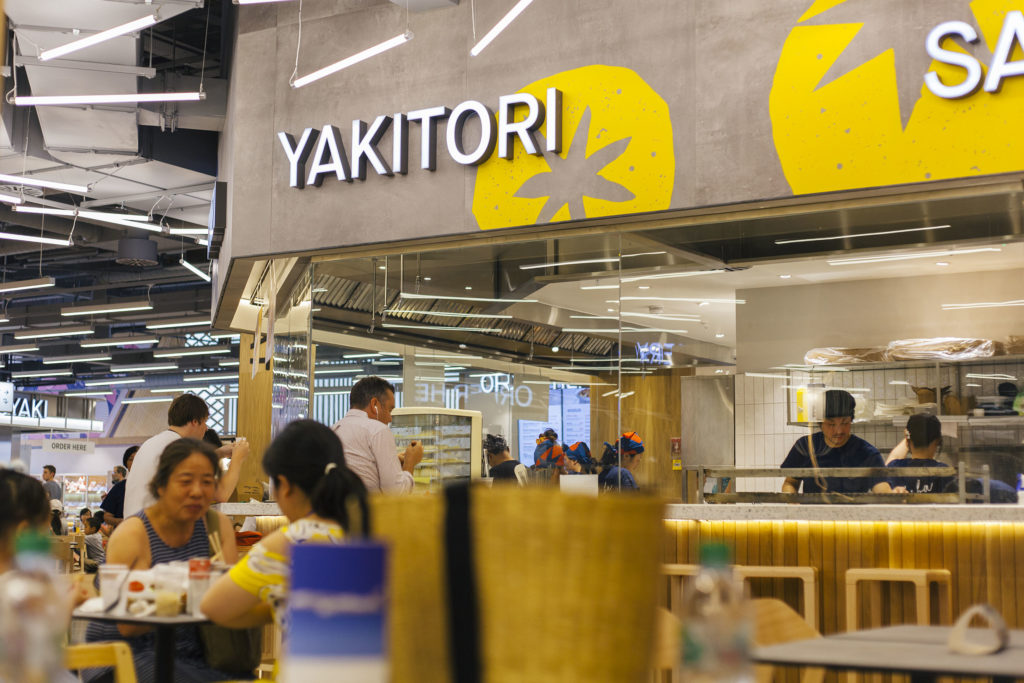
Open kitchens are a hot trend.
The model spans cuisines – from sandwiches to sushi – and categories, from fast food to fine dining. Old favourites like Subway have mastered the open kitchen concept, and new favourites like Wagamama tie it to their core business message. Even longstanding franchises are experimenting with and embracing open kitchens.
So, how can you get in on the trend?
Open kitchens can’t be laid out in a traditional format, so choosing suitable equipment is essential, not only for the aesthetic but also operational functionality.
Space can be tight so think about appliances that are not limited to just a single menu item but offer the capacity and capability to produce a number of different dishes to the same, high quality standards.
Counter and undercounter refrigerators and freezers combine a workspace for food preparation on top plus refrigerator or freezer space directly underneath. Chefs can store ingredients below where the finished product is being prepared, keeping operations efficient and aesthetics pleasing – after all, diners don’t want to see chefs scurrying around from one station to another in a chaotic setting.
Counter and undercounter storage units provide quick and easy access to food prep ingredients wherever you need them. Plus, they fit within the dimensions of a busy open kitchen and don’t restrict a diner’s view of the kitchen space.
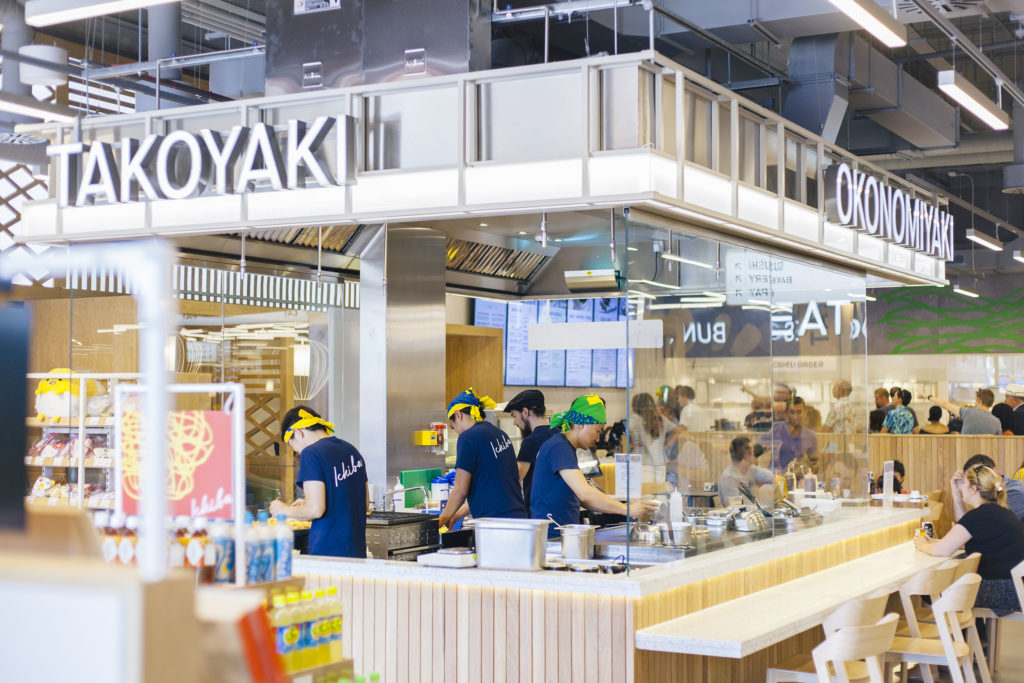
Open kitchen design means that equipment needs to be chosen with care.
Adaptability is important in an open kitchen.
Some operators may try to produce too many menu items or cram an area with equipment that removes the theater or show an element of the open kitchen. So, when planning for an open kitchen, flexibility and mobility must be taken into consideration. Compact, modern and modular equipment works best, as the pieces can be rearranged with ease when necessary.
True’s undercounter range can be specified to match requirements, adapting to need and situation. Each unit features sections that can be configured with a door, two drawers or three drawers. You can choose whether to have the compressor located on the left or right side to help you configure your undercounter for your own particular kitchen design.
Plus, all our undercounters are 100% front-breathing, requiring zero side or back clearance space which allows for built-in installation.
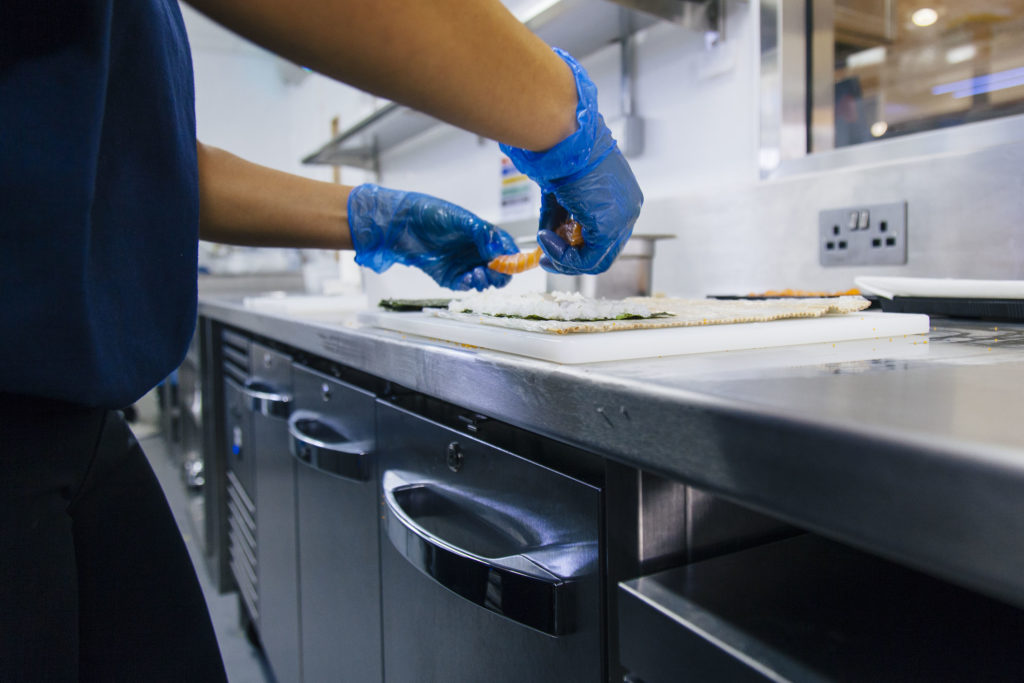
True’s undercounter refrigerators are suitable for open kitchens due to their flexibility.
Whether you plan to design an open kitchen or not, your efforts will be lost if the food and drink don’t meet customer expectations.
The experience of an open kitchen should enhance the dining experience rather than overwhelm it. Without the right dishes, customers will have no reason to dine at your restaurant again.
That’s why we recommend focusing on the food, preparation, and equipment to bring out the best in your foodservice operation. If you’re planning on redesigning your kitchen, get in touch with a professional to find out the best way to create an interior that works for you while giving your customers something special.
For more hints, tips and ideas, follow our Twitter and LinkedIn.